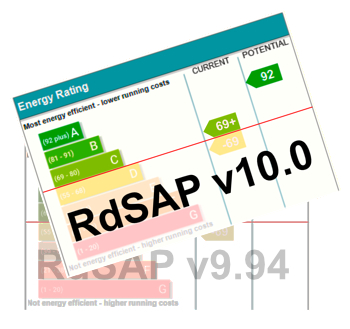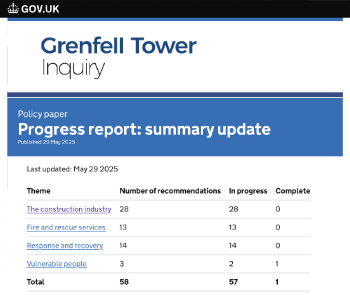Performance specified work in construction contracts
The phrase ‘performance specified work’ refers to aspects of a building development that are identified in contract documentation to be designed by contractors or suppliers.
Specifications vary considerably depending on the stage to which the design has been developed, ranging from performance (open) specifications that require further design by the contractor, to prescriptive (closed) specifications where the design is already complete when the project is tendered.
Most projects involve a combination of performance and prescriptive specifications. Items crucial to the design may be specified prescriptively (such as external cladding) whilst less critical items, or items requiring specialist design may be specified only by performance (such as service lifts).
Performance specifications describe the result that is required from particular items and leave it to the contractor or supplier to satisfy that requirement. In effect it requires them to complete the design. The nature of the performance required is typically defined by the desired outcome, or by reference to standards. See Performance specification for more information.
Performance specified work is increasingly common as buildings become more complex and the supply chain becomes more integrated, with contractors and suppliers having greater involvement in design at an earlier stage of the project.
Performance specified work used to be most commonly defined in a ‘contractors designed portion’ as a supplement to the main contract, but increasingly now it forms part of the requirements of the main contract itself.
Separate sub-contractor design agreements are available where the main contractor is to design specific parts of the works and a sub-contractor is to design part or all of sub-contract works.
[edit] Related articles on Designing Buildings Wiki
Featured articles and news
Professional practical experience for Architects in training
The long process to transform the nature of education and professional practical experience in the Architecture profession following recent reports.
A people-first approach to retrofit
Moving away from the destructive paradigm of fabric-first.
International Electrician Day, 10 June 2025
Celebrating the role of electrical engineers from André-Marie Amperè, today and for the future.
New guide for clients launched at Houses of Parliament
'There has never been a more important time for clients to step up and ...ask the right questions'
The impact of recycled slate tiles
Innovation across the decades.
EPC changes for existing buildings
Changes and their context as the new RdSAP methodology comes into use from 15 June.
Skills England publishes Sector skills needs assessments
Priority areas relating to the built environment highlighted and described in brief.
BSRIA HVAC Market Watch - May 2025 Edition
Heat Pump Market Outlook: Policy, Performance & Refrigerant Trends for 2025–2028.
Committing to EDI in construction with CIOB
Built Environment professional bodies deepen commitment to EDI with two new signatories: CIAT and CICES.
Government Grenfell progress report at a glance
Line by line recomendation overview, with links to more details.
An engaging and lively review of his professional life.
Sustainable heating for listed buildings
A problem that needs to be approached intelligently.
50th Golden anniversary ECA Edmundson apprentice award
Deadline for entries has been extended to Friday 27 June, so don't miss out!
CIAT at the London Festival of Architecture
Designing for Everyone: Breaking Barriers in Inclusive Architecture.
Mixed reactions to apprenticeship and skills reform 2025
A 'welcome shift' for some and a 'backwards step' for others.





















